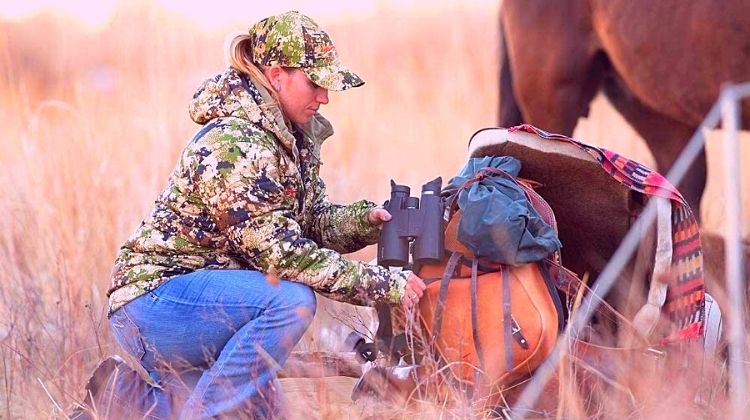Largemouth Bass VS. Spotted Bass
Many believe that largemouth and spotted bass are one in the same, but this is not true. Largemouth bass are a different species than their “cousin” the spotted bass. Many people think they are the same because you can catch both on 1 lure, however each have different feeding habits.
In this article, we will try to differentiate between largemouth bass and spotted bass.
Largemouth Bass
Largemouth bass are a member of the sunfish family. Their mouth is bigger than their body, hence their name “largemouth”. They live in lakes and ponds mostly where they have good cover to protect them from predators. Largemouth prefer warm water with lots of vegetation for them to hide in. You can find these fish around small streams that lead into the lake.
Largemouth bass are opportunistic feeders. They eat anything they can get their hands on for survival. Their diet consists of crayfish, frogs, minnows, and even other fish! This makes it hard to use one bait when targeting largemouth bass.
For example, if you use a jig to target fish around the rocks, you’re probably going to get snake bites due to the fact that they think it’s any other kind of prey.
One thing about catching largemouth bass is you will know once you find one. They make a slapping sound with their tail when they are on top of the water. Largemouth are also called “bucket mouth” because of their distinct largemouth which they keep open while swimming!

Spotted Bass
Spotted bass are not to be confused with largemouth bass. They are a member of the sunfish family, however spotted bass prefer clear waters instead of stained/muddy water.
They are typically found in large rivers or reservoirs mostly where they have good cover to protect them from predators.
Spotted bass prefer water temperatures anywhere between 62-75 degrees F. They can be caught around rocky edges, submerged timber and boat docks.
Spotted bass are also opportunistic feeders like the largemouth bass however their feeding habits differ. Spotted bass are very finicky, selective feeders. They are also called “pickers”.
They eat anything they can get their hands on for survival, however only the smallest fish that fit into their mouth! This makes it hard to use one bait when targeting spotted bass. For example, if you use a jig to target fish around the rocks, you’re probably going to get missed bites due to their selective nature.
One thing about catching spotted bass is you will know once they hit your line. A spotted bass swims close to the top of the water with its dorsal fin sticking out. Sometimes they may even jump out of the water when hooked!

Differences Between largemouth vs spotted bass:
Visually, largemouth bass are often identified by their dark olive green or black spots across their flanks which are present even as hatchlings. Spotted bass, on the other hand, are lighter in coloration.
- Largemouth bass are bigger than spotted bass. Spotted bass only grow to be about 25 inches in length while largemouth can reach up to 38.2 inches long.
- Spotted bass prefer clear water while Largemouth bass thrive in stained/muddy waters along with vegetation growth. This is why you will find spotted bass mostly in reservoirs and rivers.
- Largemouth bass wait for their prey to come to them while spotted bass’s prefer to pick and choose what they want to eat which gives them a selective feeding habit.
- Spotted bass are more colorful than Largemouth bass because of the clear water they usually inhabit. Their coloring is silver with a mixture of green and yellow spots.
- Spotted bass have a more distinct flat head than the Largemouth bass.
- Largemouth Bass are sometimes called “bucket mouth” because they have a larger mouth compared to their body size which stays open while they swim! Spotted bass also share this feature but not as prominent.
- Spotted bass are also called the Kentucky Bass. Largemouth bass are also caught with artificial lures like flies however they can be caught using live bait like minnows under the water surface!
- Largemouth bass are called Florida Bass because the state of Florida holds most of these types of fish.
- Top water lures can be used to catch largemouth bass! Spotted bass prefer live/bait fish.
Conclusion:
I hope this article has helped you understand the differences between largemouth and spotted bass. You may now be able to tell them apart!
Don’t forget to share your newfound knowledge with family and friends!

Andy Allan, a well-known fishing enthusiast and hiking professional, runs the blog. Andy is a Georgia-based outdoor enthusiast. He has hiked throughout the United States and parts of Australia.
He is also well-known for his passion for fishing, particularly for bass, steelhead, and salmon. Andy discusses his adventurous life, fishing and hiking equipment reviews, and blog posts on hiking and fishing tips and tricks in Outdoors Activity.





